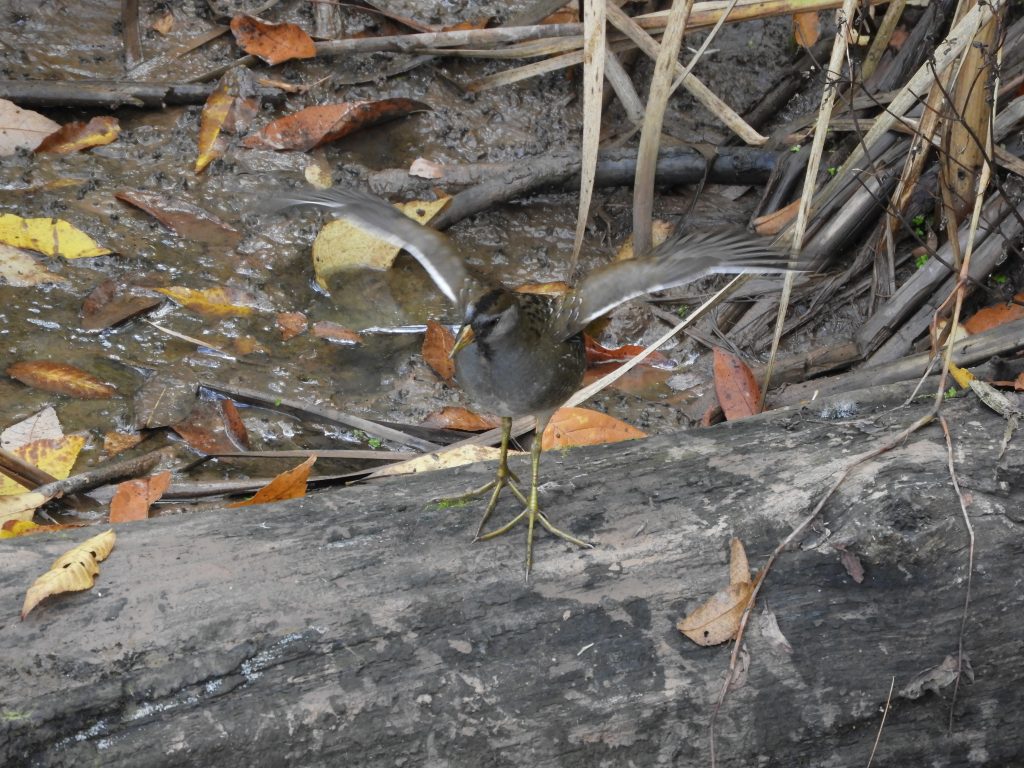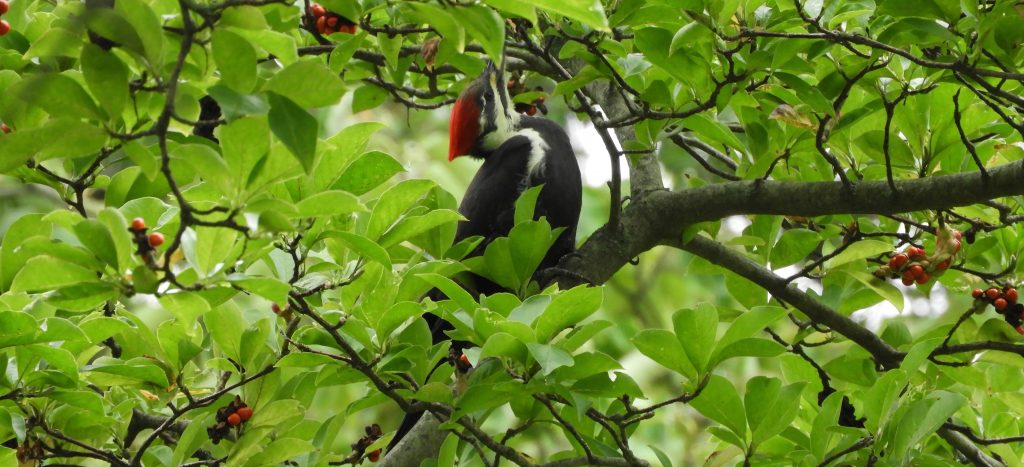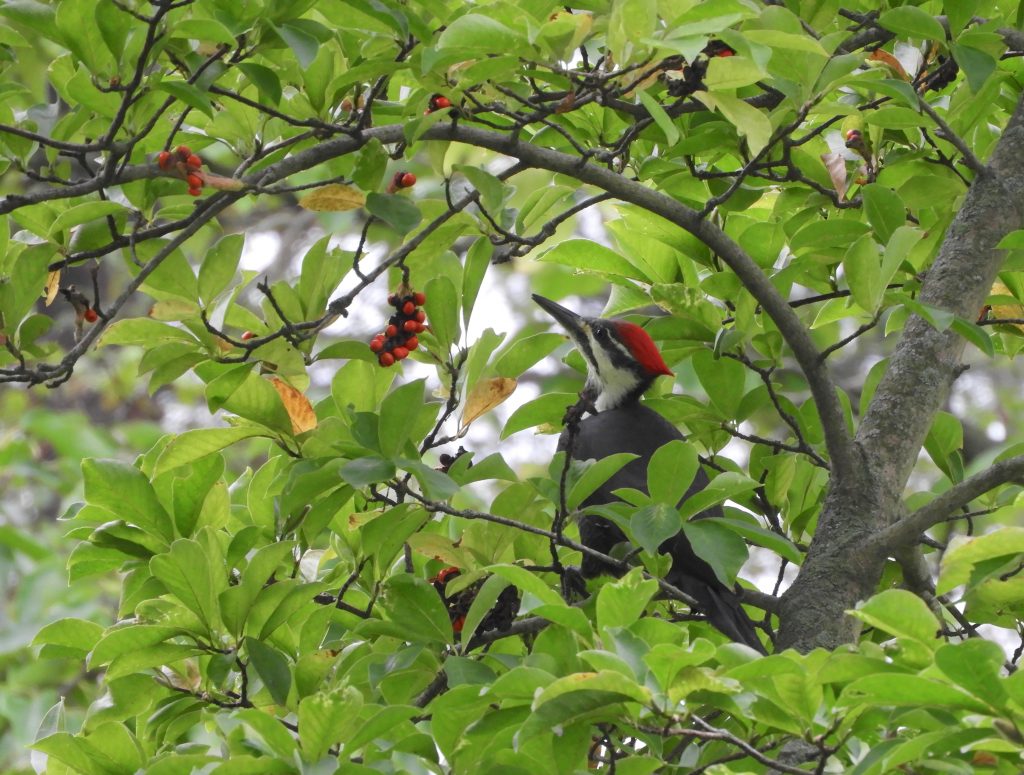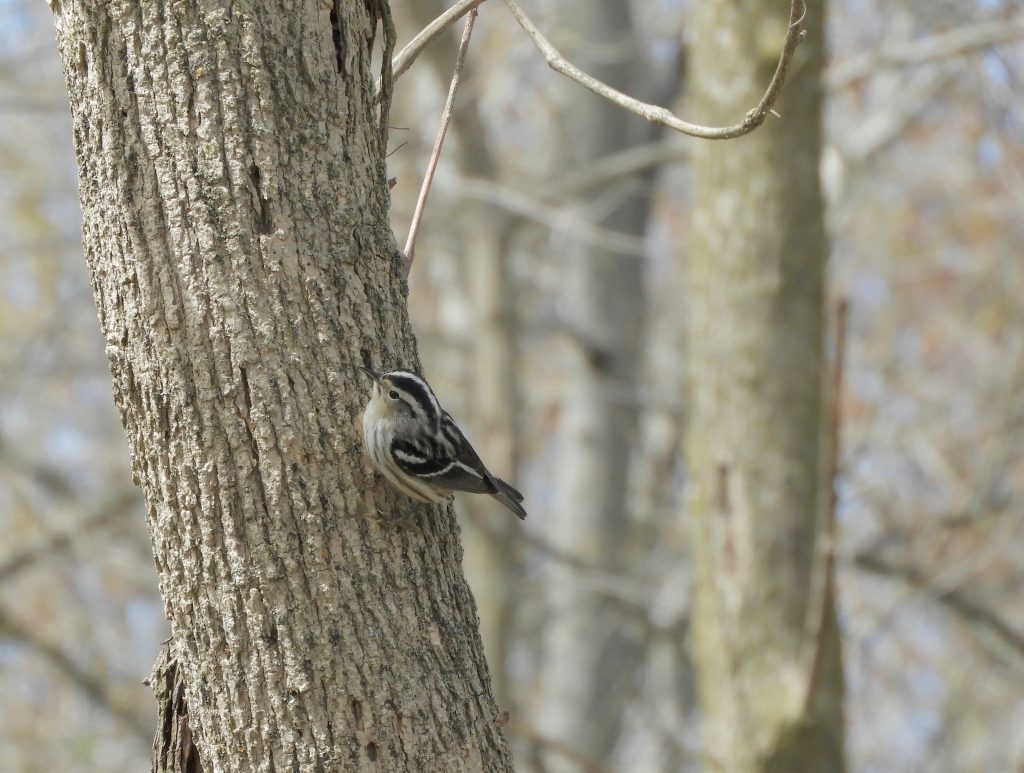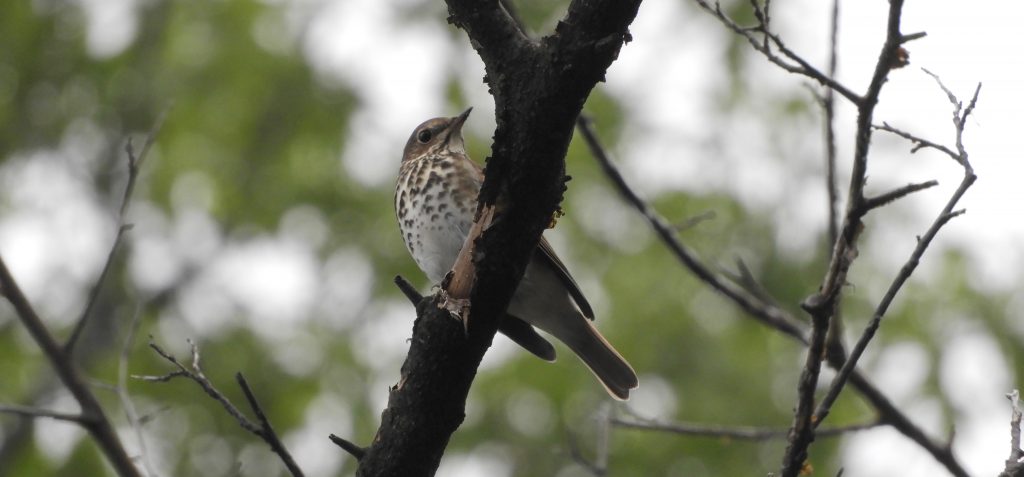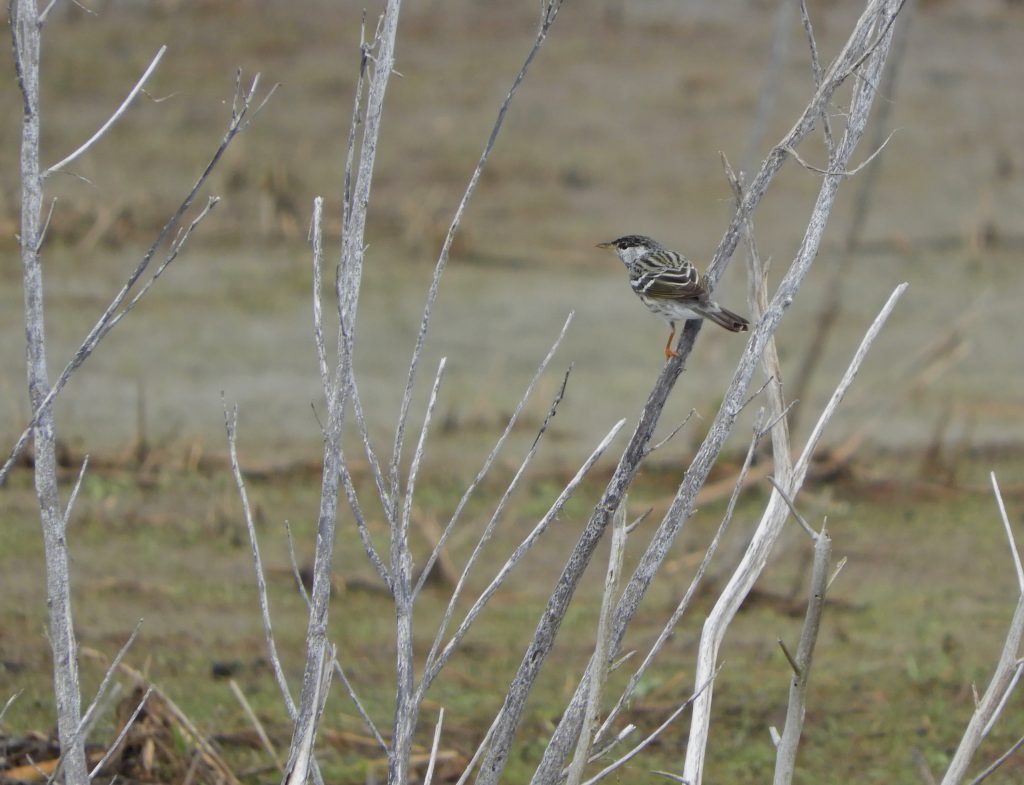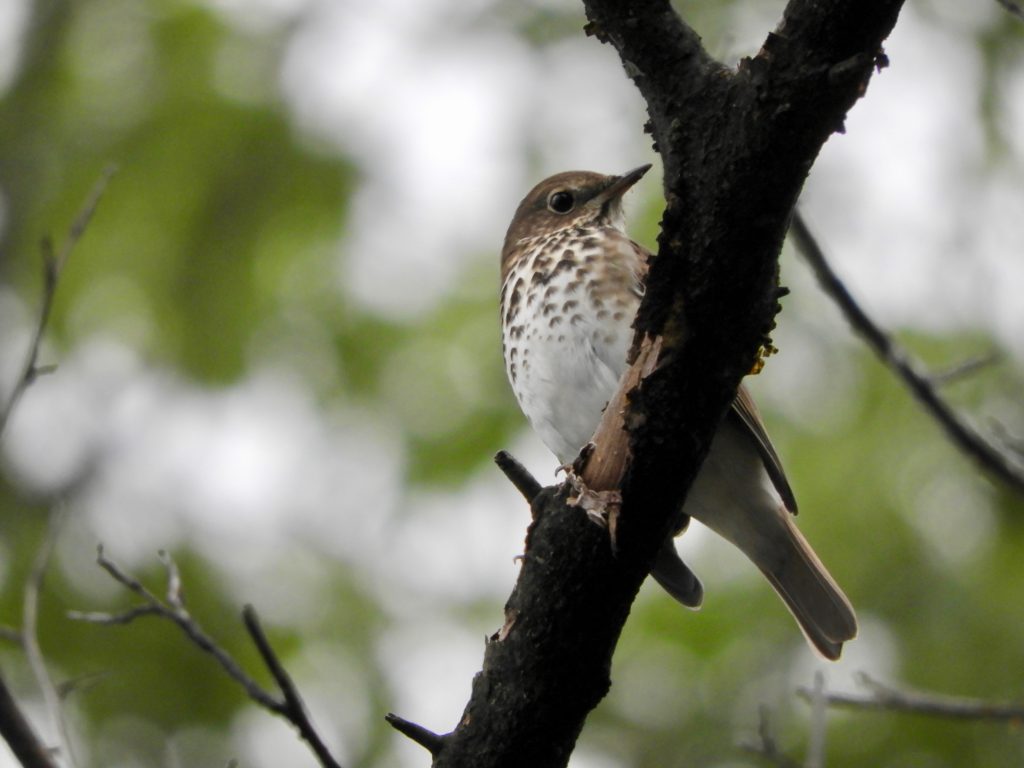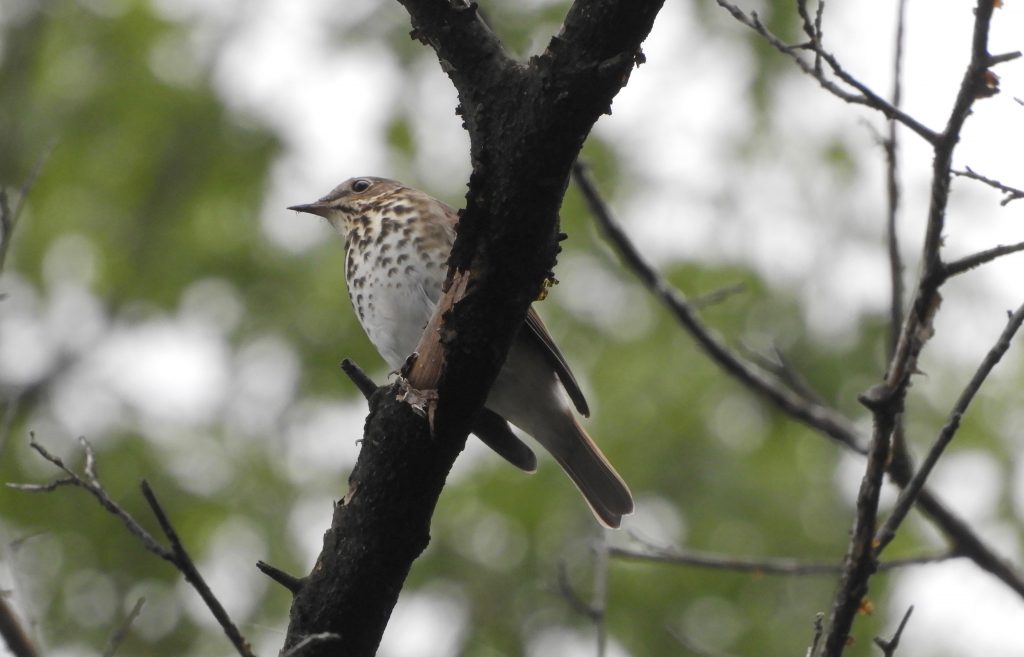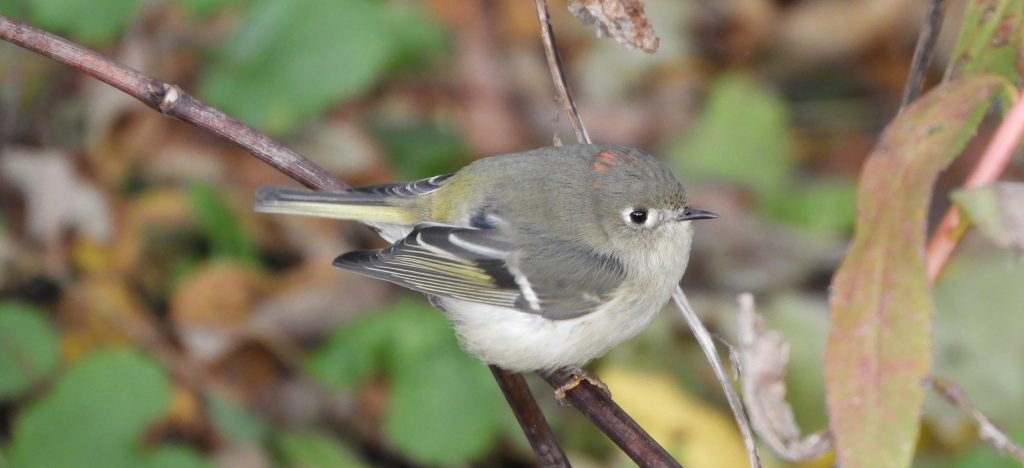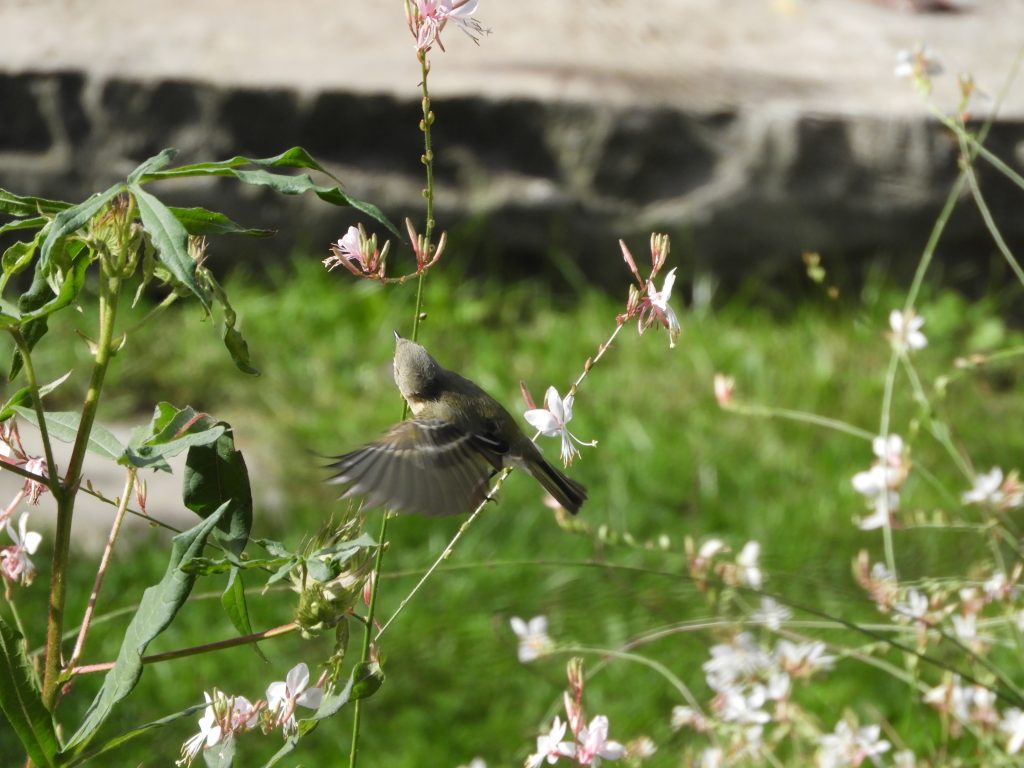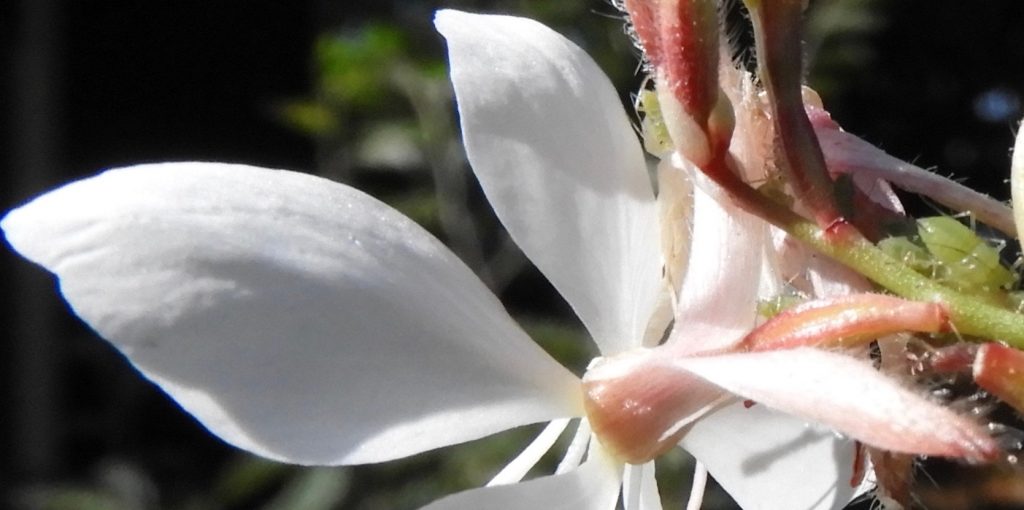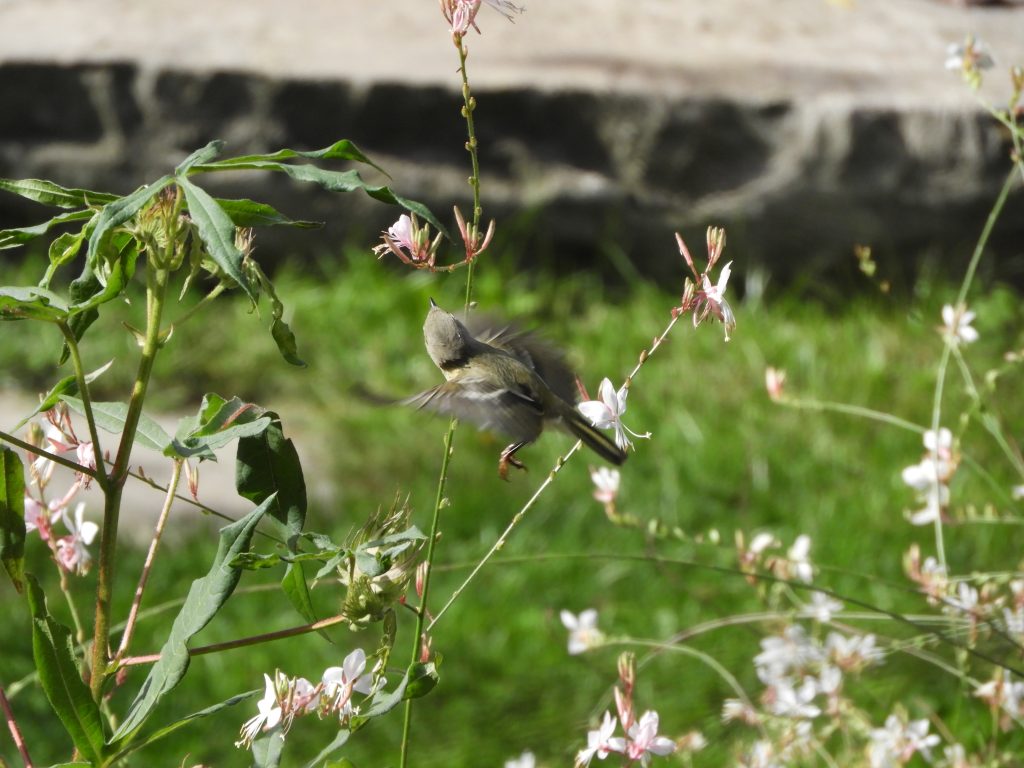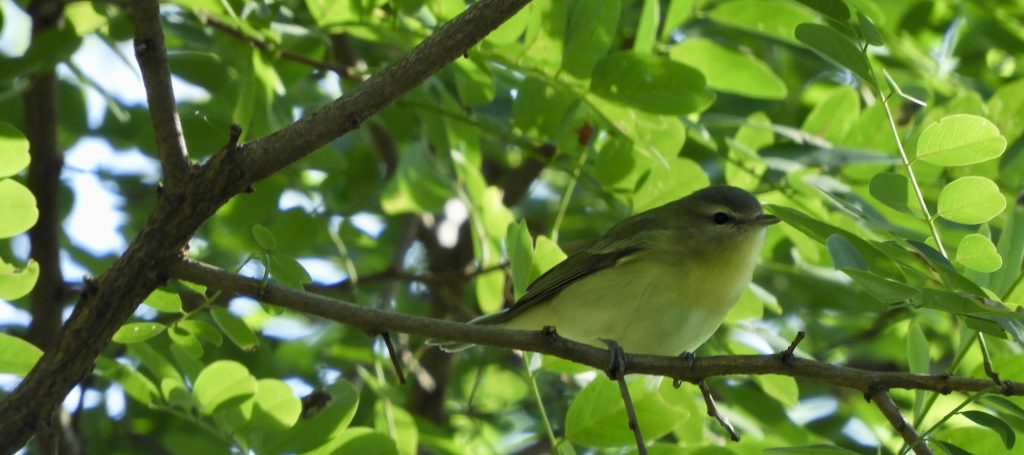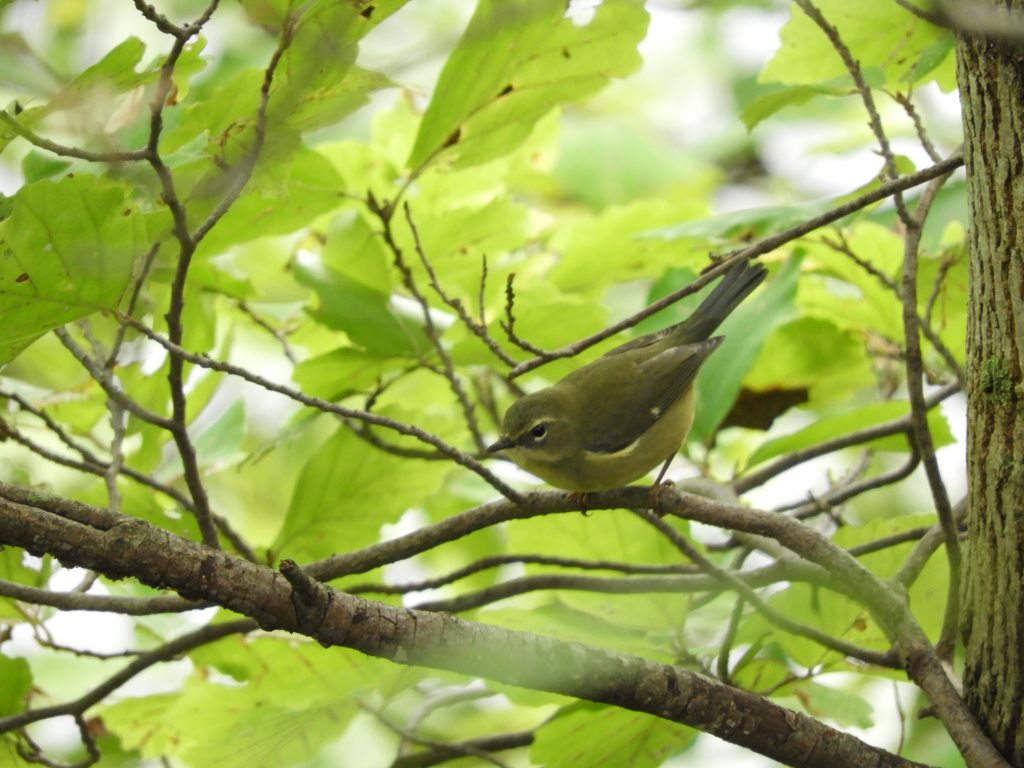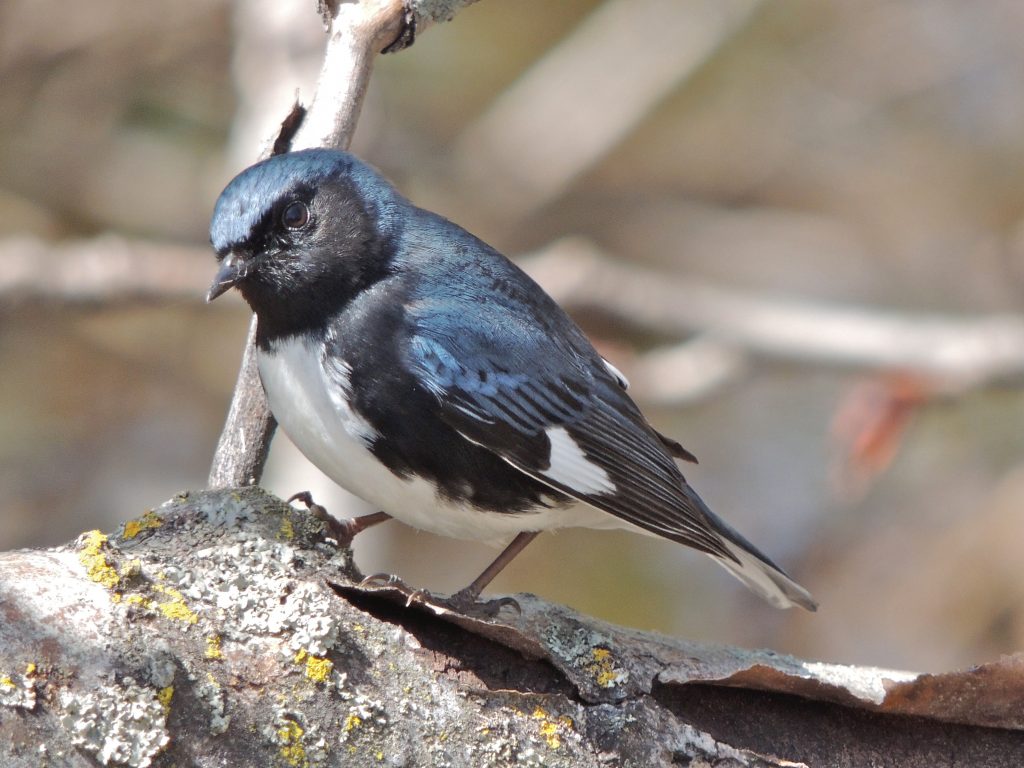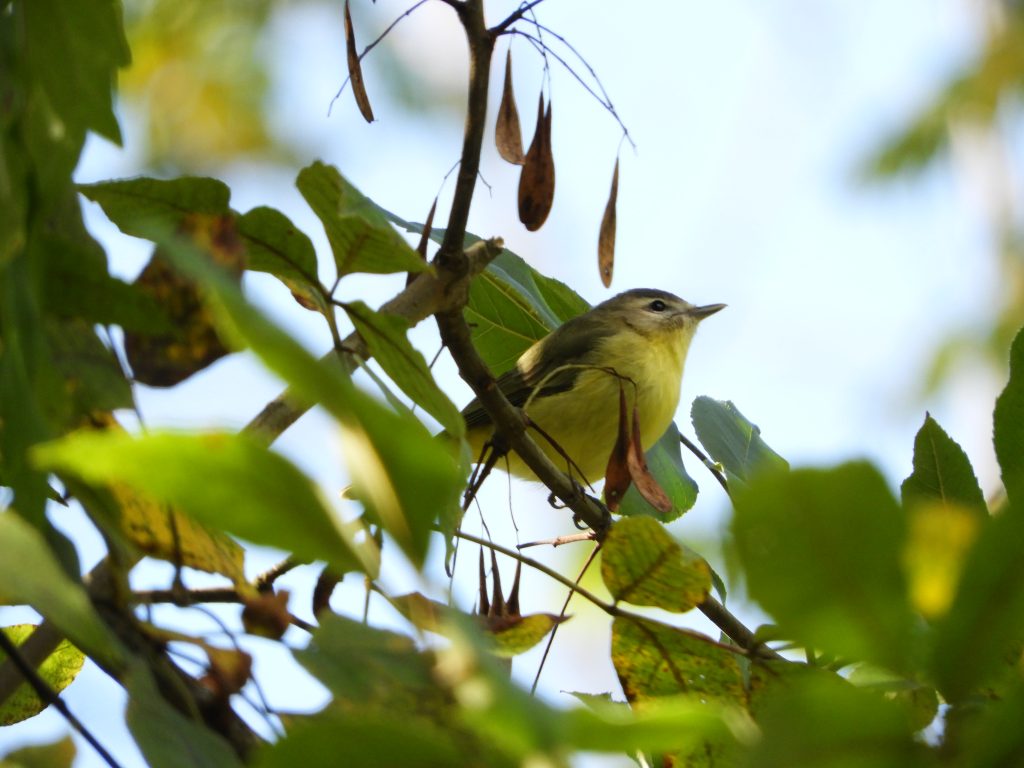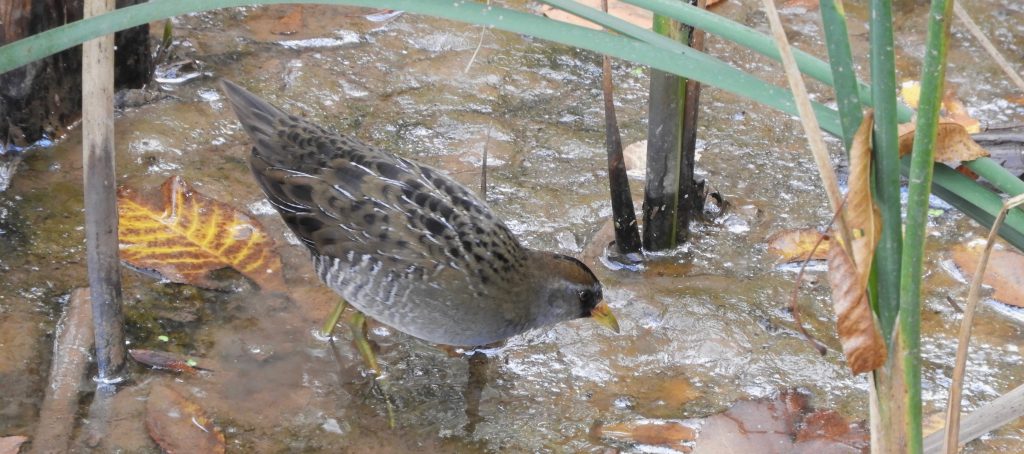
RBG. Hendrie Valley, Burlington ON. October 13th. 2021. I started to write this on Sunday, three days ago, because, while conducting one of our morning transects I had happened to see two Soras. They were quite unexpected, definitely post-worthy and in some ways a puzzle piece that had been missing for years.
Soras are rails. To expand on that a little bit, rails are chicken-like birds of marshes, sometimes heard but infrequently seen. They are elusive, perhaps not intentionally, because they spend their days deep within large expanses of reeds, bulrushes and cattails, picking their way through in search of food: seeds and wriggly, soft-bodied invertebrates. There is really no reason for them to venture very far into the open where they might fall prey to a predator or be seen by birders.
I had intended to post the note about Sunday’s birds but time ran out and other things happened. But the Sora story became especially intriguing when other birders reported seeing these same birds in days that followed. So when we set out on a transect today, we had our fingers crossed in hope of catching sight of them; which we did.
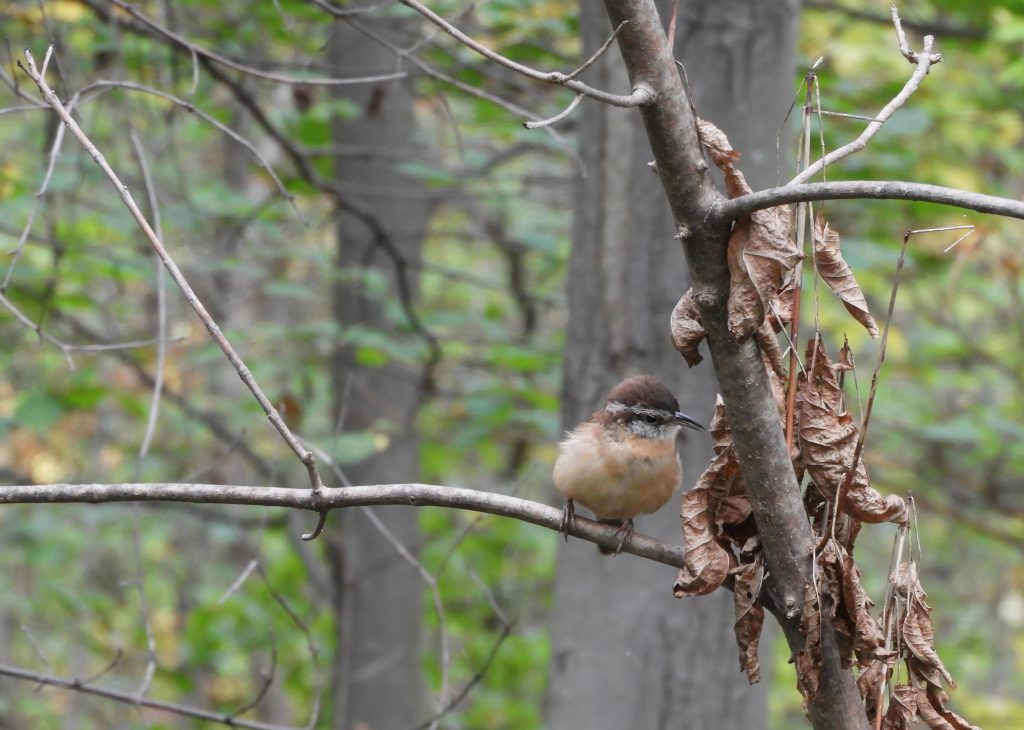
Soras aside, the transect was rewarding in many ways, the valley was full of bird sound, mostly American Robins I think, chattering, whistling and singing softly among themselves. But Carolina Wrens were loud and vocal in many places and there were flocks of Cedar Waxwings, Red-winged Blackbirds and Blue Jays all adding to the sense of continuous bustle. I spotted a Brown Thrasher and we followed its antics for a while as it either chased, or was chased by, robins. They were all very excited about something that we would probably never understand. We thought the thrasher was perhaps a little late in the year and should have left for warmer weather some weeks ago. But a bit of research revealed that some delay departure until quite late in November and that a few spend the winter here. So, perhaps it was just the general scarcity of thrashers that made it special today.
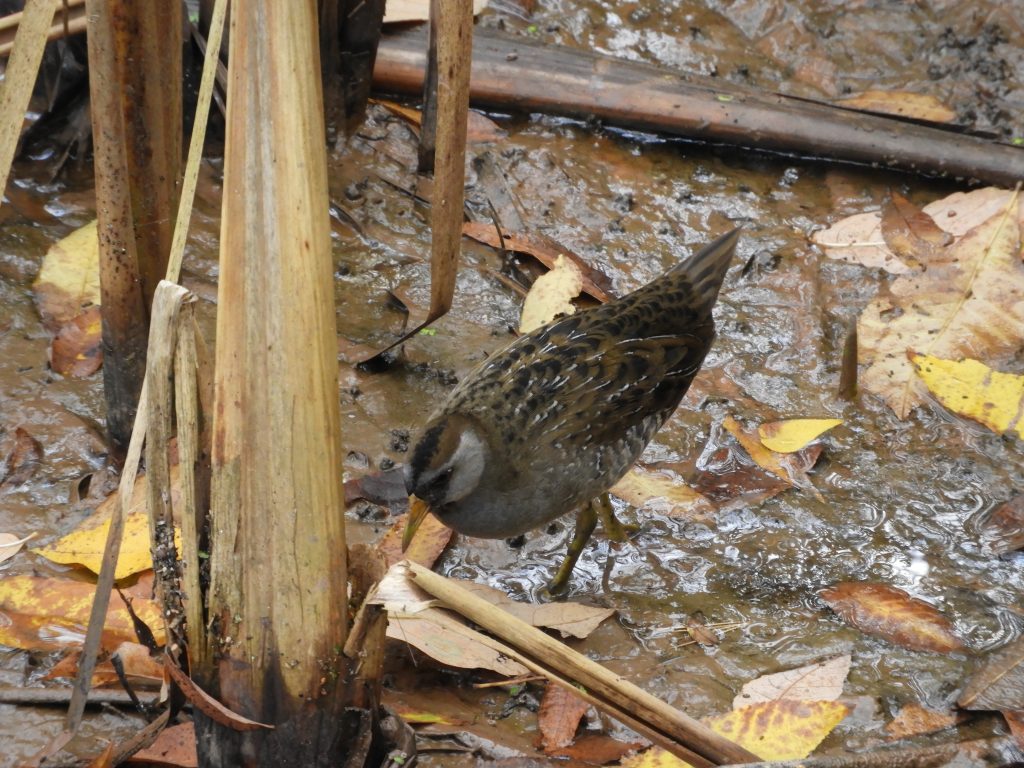
But back to the Sora. We had just about wrapped up the transect and decided to take a last look for it along the margins of a plausible stretch of marsh, it didn’t take many minutes. We soon spotted it just minding its business picking through marsh debris and turning over fallen leaves in search of food. We were on an elevated boardwalk some two or three meters above and it was apparently oblivious to our presence. The intrusion of a handful of Mallards disturbed it and prompted a bit of wing-flapping and short low-level flights, all normal display behaviour I believe but it added to our appreciation of the moment. Just seeing a Sora is noteworthy but to witness this little flurry of antagonistic behaviour really added to the episode.
